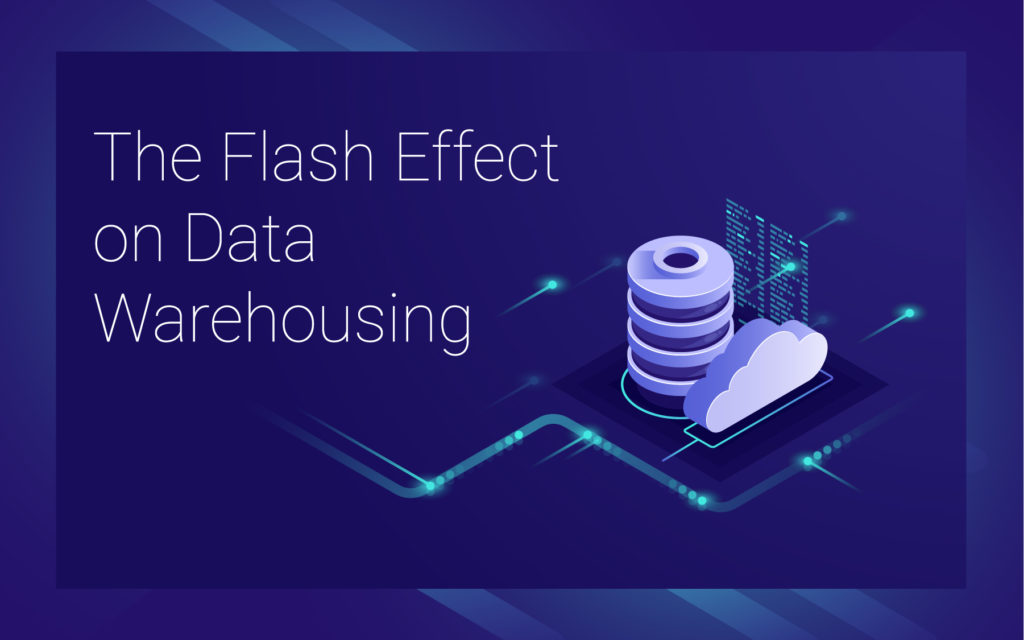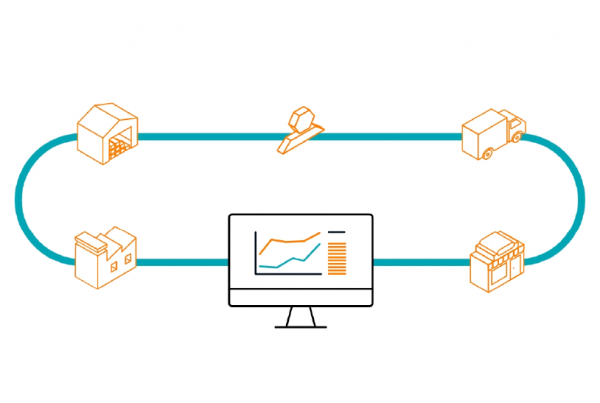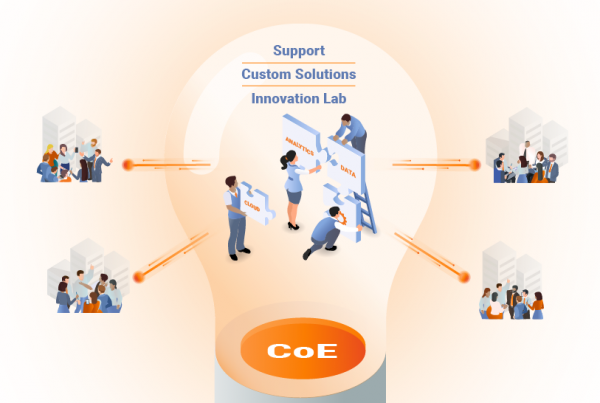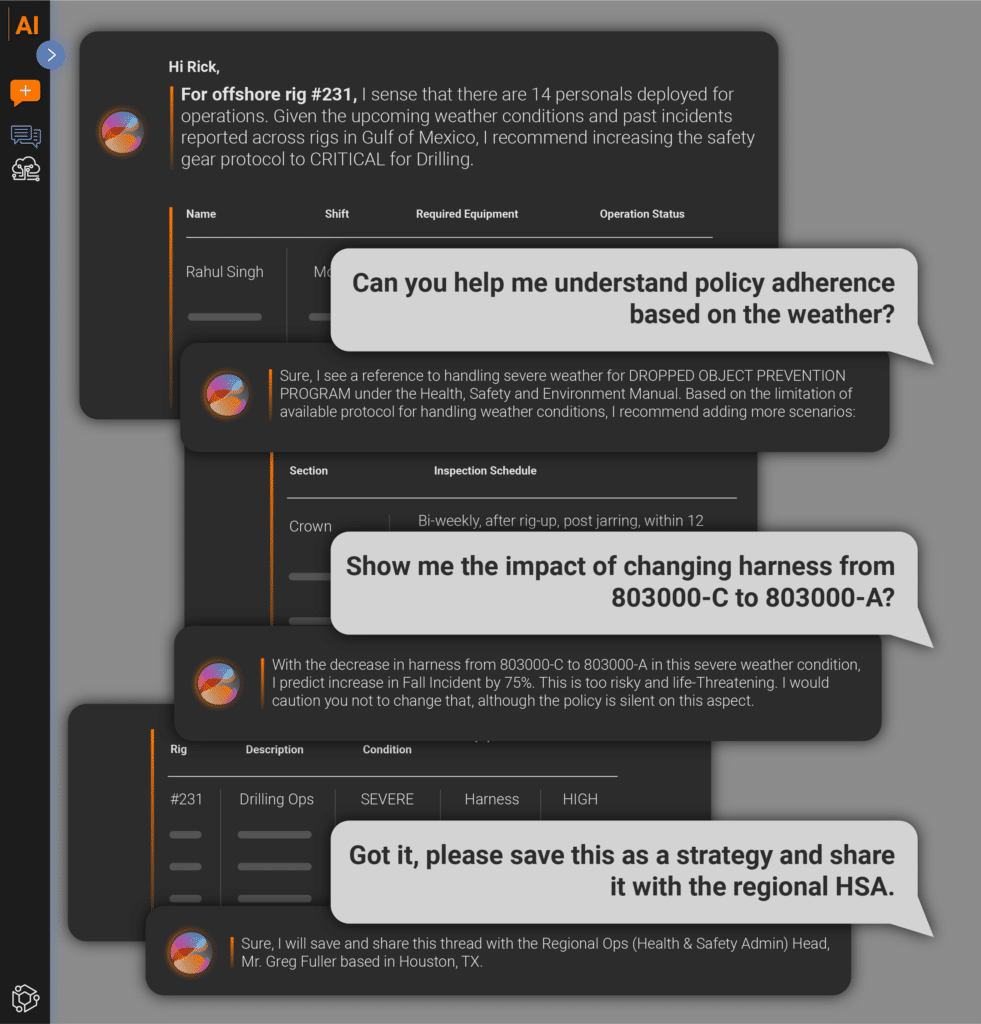Data warehousing applications have been around since the late 1980’s, and their main purpose was simply to take raw data and turn it into a sensible format for businesses to identify trends, patterns historically. Over the years, the demands on data warehouses have changed dramatically due to fast evolving business needs such as real-time data processing, increase in data footprints, end user consumption, ad-hoc queries and frequent updates to the data warehouse during the business hours and list goes on and on.
These dynamics certainly question sustainability and demands that we rethink the data warehouse. Data warehouse architecture can no longer be a stand-alone system. We must think purpose, placement, and positioning of the data warehouse in broader data architecture and how can we advance the data warehouses architectures to a whole new level. Can flash effect be the answer to these challenges?
Flash effect on data warehousing in simple terms means an efficient mechanism to dramatically simplify the configuration, usage, and management of deployments of a data warehouse while delivering consistent and predictable performance for any data, anywhere, at any scale utilizing Flash Memory technology.
i.e Building your data warehouse on Flash memory arrays which ensures lowest latency data access, provide high-bandwidth connections with scalability by allowing every memory address to be equally accessible at the same great speed. This approach is also referred to as building “All-Silicon Array”.
Here are the top reasons to fast-track your data warehouse applications on flash:
- Data Loads: Optimize data loads from hours to minutes.
- Real-Time: Empower your data warehouse for Real Time Processing.
- Resilient Database Performance: Accelerated throughput with Sustained Performance and Fast reports generation.
- Latency: Sub-millisecond latency at any workload.
- Total Cost of Ownership: Reduced operational and capital expenses • Up to 80% reduction in power, cooling, space costs.
The hardware evolution is affecting Data warehouse design and it is quickly becoming a game changer. The way we physically design data models is changing. Not just in-memory solutions, but high speed real-time/streaming solutions, document solutions, and more cause us to re-think how the physical data needs to be structured or semi-structured in order to achieve the performance gains the business users demand.
In a similar light, few companies have started offering solutions on Flash memory for a Data warehouse that combines custom hardware and software to deliver an integrated system for analytics, with impressive performance. These companies are going after the customers of traditional data warehouse platforms such as Teradata, IBM’s Netezza and Oracle Exadata shops, and particularly those customers who are running into limitations and difficulties handling advanced forms of analytics, the time take to process queries, and rising support costs.
The last few years have seen a huge growth in the market for all-flash arrays (AFAs). Traditional forms of enterprise data storage are being disrupted by this new technology, which delivers cost-effective and highly scalable storage solutions.
In the end, hardware has always gotten better, faster, and cheaper – however it’s now reached a point that it is forcing us to re-think physical design, in fact – it’s suggesting that we worry less about physical and focus more on logical aspects of data, and the flow of the business as I stated earlier.
Your thoughts?







